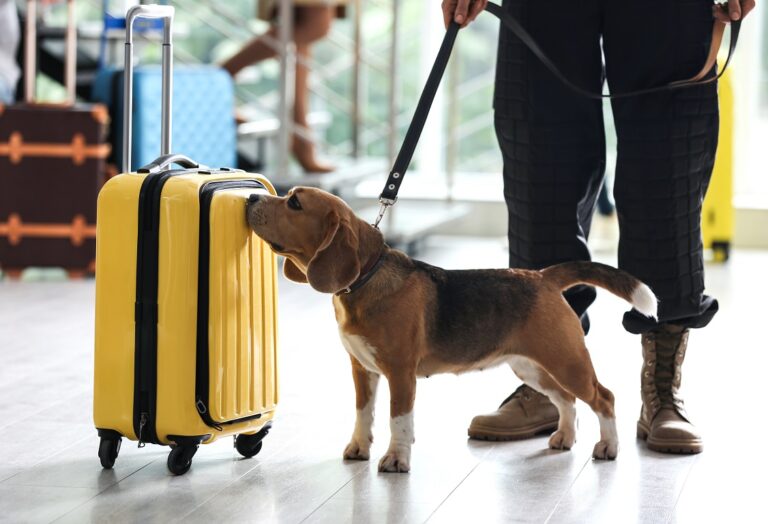Ambulance attendants assess injuries after an accident, provide first aid and transport patients to a hospital if necessary. The job involves response in emergencies such as car or plane crashes, environmental accidents or hurricanes. Ambulance attendant is a certified professional title.
Ambulance attendants work in ambulances, in emergency medical airplanes or on ships with rescue workers. Work is usually done in collaboration with other healthcare professionals as well as the police and/or fire brigade.









